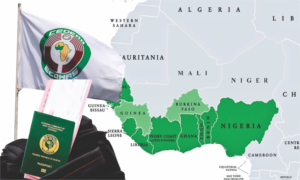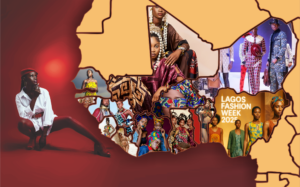Somalia’s Agricultural Revolution Quietly Escalating with Camel Milk Production

For centuries, the camel has been the lifeblood of Somalia’s pastoralist culture — a steadfast companion that has fed families, carried goods across vast deserts, and stood proudly in the nation’s folklore. But today, on the dusty outskirts of Mogadishu, this age-old symbol is at the center of a modern agricultural transformation that could redefine Somali farming.
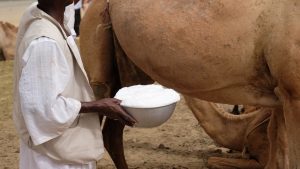
A New Kind of Camel Farm
On a breezy Wednesday morning in mid-June, the Associated Press visited Beder Camel Farm, one of a growing number of camel dairies emerging around the Somali capital.
Here, dozens of camels wander sandy paddocks, some chewing fresh fodder under the watch of herders. In a nearby shed, workers carefully milk the animals, collecting the frothy yield in sanitized containers. This is not the image of the roaming nomadic herds that dominate Somalia’s countryside — it’s a glimpse into a controlled, technology-driven approach to camel milk production.
Demand for camel milk is rising fast, fueled by Somali entrepreneurs who see untapped potential in a resource as old as the nation itself.
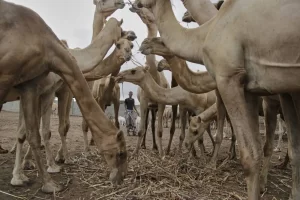
Somalia’s Camel Capital
Somalia is home to more than 7 million camels, the largest population in the world. Yet, until recently, only a small fraction of their milk ever made it to urban markets.
Dr. Abdirisak Mire Hashi, a veterinarian and Beder’s farm manager, is helping change that. “Somalis take pride in their heritage of raising camels,” he says. “But the way camels are raised has evolved significantly over time.”
At Beder, each camel now produces up to 10 liters (2.6 gallons) of milk a day, which is about twice the output of traditional herds. The secret lies in better veterinary care, nutrient-rich feed, and modern milking techniques. The camels are routinely checked by vets, fed scientifically blended fodder, and supplemented with vitamins, a far cry from the unpredictable grazing patterns of the past.
Jama Omar, Beder’s CEO, recalls their early beginnings. “We started in 2006 when commercial camel milk production was almost unheard of here. Now, we hold about 40% of the market share and employ nearly 200 full-time staff, plus seasonal workers during planting and harvest periods.”
From Milk to Yogurt — A Somali First
Beder’s most ambitious leap is its camel milk yogurt factory — the first of its kind in Somalia. Inside, workers in crisp white coats oversee stainless steel vats where fresh milk is cultured, packed, and shipped under the “Beder” brand to Mogadishu’s supermarkets.
Food engineer Nelson Njoki Githu, originally from Kenya, says camel milk yogurt is more than a novelty. “It’s lower in lactose than cow’s milk, making it suitable for people with lactose intolerance. It also contains more vitamin C, iron, and zinc than cow’s milk,” he explains.
Nutritionist Dr. Yahye Sholle adds, “Camel milk is rich in magnesium, calcium, and vitamins B12, C, and D. It also contains probiotics that support gut health — a major benefit in a country where malnutrition is still a challenge.”
These health benefits have helped Beder’s yogurt stand out in an increasingly competitive dairy market, and demand is growing beyond Mogadishu.
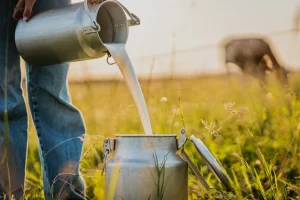
Scaling Up for the Future
Hashi’s next goal is expansion — building more milk collection points beyond the capital and training pastoralists in remote areas on hygiene and modern milking methods. “If we can modernize camel rearing and milk handling,” he says, “we can create jobs, improve nutrition, and build pride in Somali-made products.”
Government Support and the Bigger Picture
The Somali government is also pushing for investment in the camel dairy industry. Dr. Kasim Abdi Moalim, Director of Animal Health at the Ministry of Livestock, sees even greater potential. “In the UAE, camel milk is used not only for food but also for cosmetics. Somalia must develop the full value chain.”
To support this growth, the government has introduced a Dairy Act, a livestock development strategy, and is drafting a master investment plan for the sector.
Tradition Meets Progress
As the sun dips over the paddocks, a line of camels moves slowly through the golden light — a scene that captures the essence of Somalia’s agricultural future. Here, tradition and innovation walk side by side. From ancient desert caravans to chilled yogurt cups on urban supermarket shelves, the Somali camel’s journey is far from over — and now, it’s carrying the promise of a healthier, more prosperous nation.


